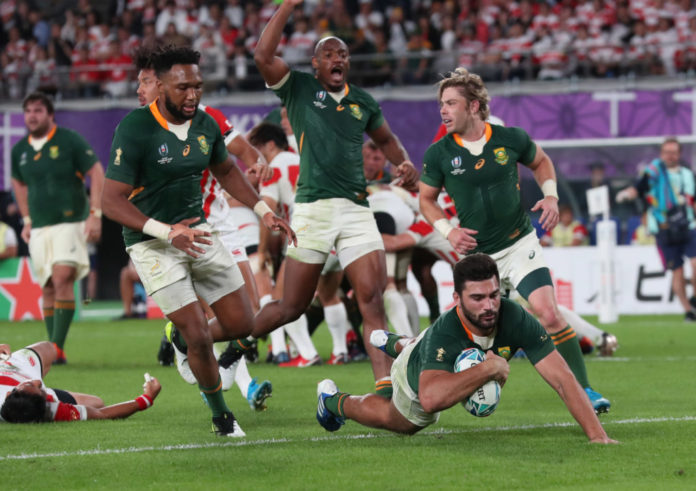
NO CLUB makes signings without a plan. Well, that’s not true actually. Some clubs (in France, mainly) just look at who the biggest name they can sign is and just throw money at that guy until he signs.
When you see a top player rocking up to a club and struggling because they need quality of ball, then they’re the equivalent of a giving your dog an AK47 and expecting him to guard your house against a horde of zombies.
The four provinces certainly can’t act in that fashion. All inward signings have to get approval from the IRFU in line with an overall succession plan that takes in short, medium and long term project players.
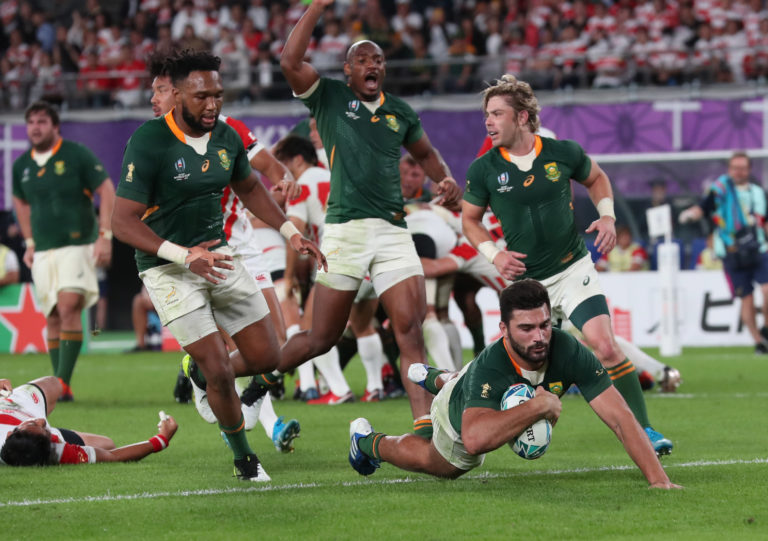
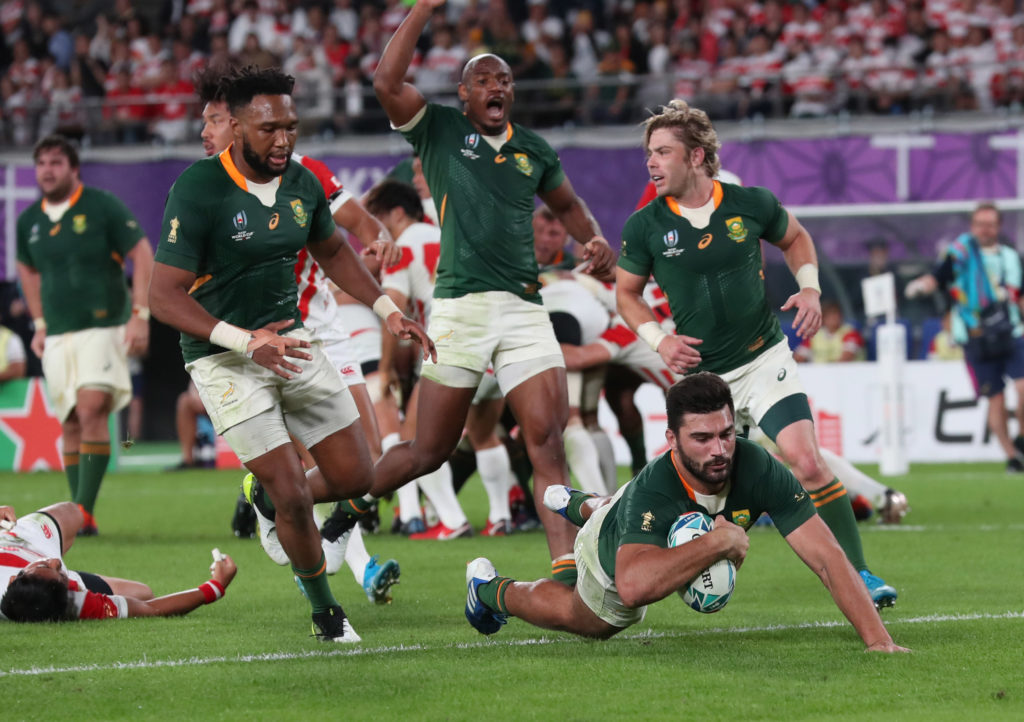
That isn’t “project players” in the way we’ve traditionally seen it – players signed from outside to eventually become Irish qualified – but younger players who have been ID’d as being future cornerstone players for the province and then Ireland.
The mathematics for a province being allowed to sign a player are quite complex but, essentially, it’s based on who you have available right now and who you expect to have in one or two seasons.
Leinster, for example, have had Scott Fardy for the last three seasons because they expected to be without James Ryan and Devin Toner for large tracts of the season because of Ireland duty or Ireland mandated rest.
Fardy provided them with international quality in the second row during those times along with adding to the overall strength of their Category 1 side for big games. That’s before you get to the development benefit that Leinster’s younger players get from training and playing with a top-end player every week.
The likes of Ryan Baird, Charlie Ryan, Jack Dunne and even more established guys like Ross Molony can only benefit from their exposure to Fardy. This is the short and medium-term benefit to a non-Irish qualified signing.
There is the immediate benefit of having a great player playing in your team to help results. Then there is the medium-term benefit of your younger players playing in a winning side alongside these key recruitments.
Then there is the long term benefit of your younger players training alongside and learning directly from this experienced world-class player. Isa Nacewa, Alby Mathewson and Scott Fardy would be recent examples of this from a “mentorship” perspective.
Other players, like Joe Tomane and Arno Botha, would come under the “depth and cover” description where they provide advanced cover in multi-man positions like the backrow and midfield when you have multiple Irish internationals in those spots. For Arno Botha, see Peter O’Mahony and CJ Stander. For Joe Tomane, see Garry Ringrose and Robbie Henshaw.
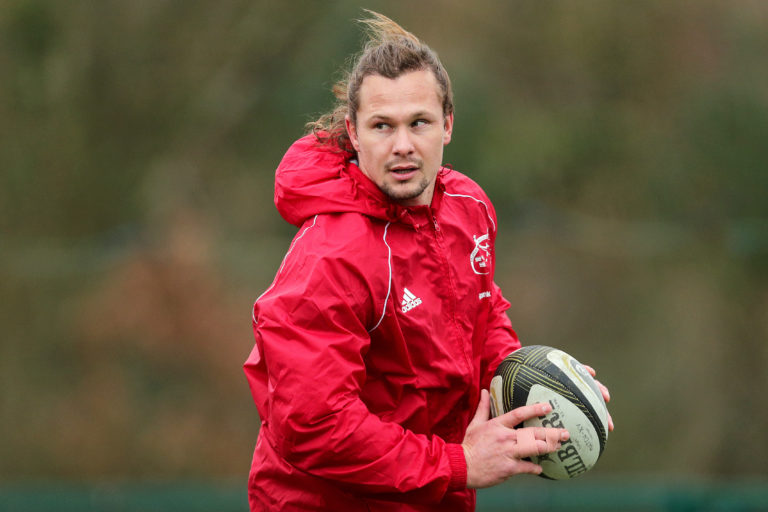

Other signings cover a specific position where you don’t really have a standout international calibre player and are more focused on improving the performance of the province at a high level. This definition is a little malleable but it can be explained by this – do you have a player that would start a World Cup game if it was played this weekend?
If not, then you could make a case for a marquee signing in a certain position. This equation has tilted more in favour of Irish provinces making bigger marquee signings since the rule change on residency players.
Previously, you could get excellent value out of picking up players that the Southern Hemisphere unions – New Zealand and South Africa in particular because of the number of pro players they produce – might have missed and a three-season commitment was handy for both the player and the province. The likes of Bundee Aki, CJ Stander and James Lowe shows the value that Ireland have extracted from this rule.
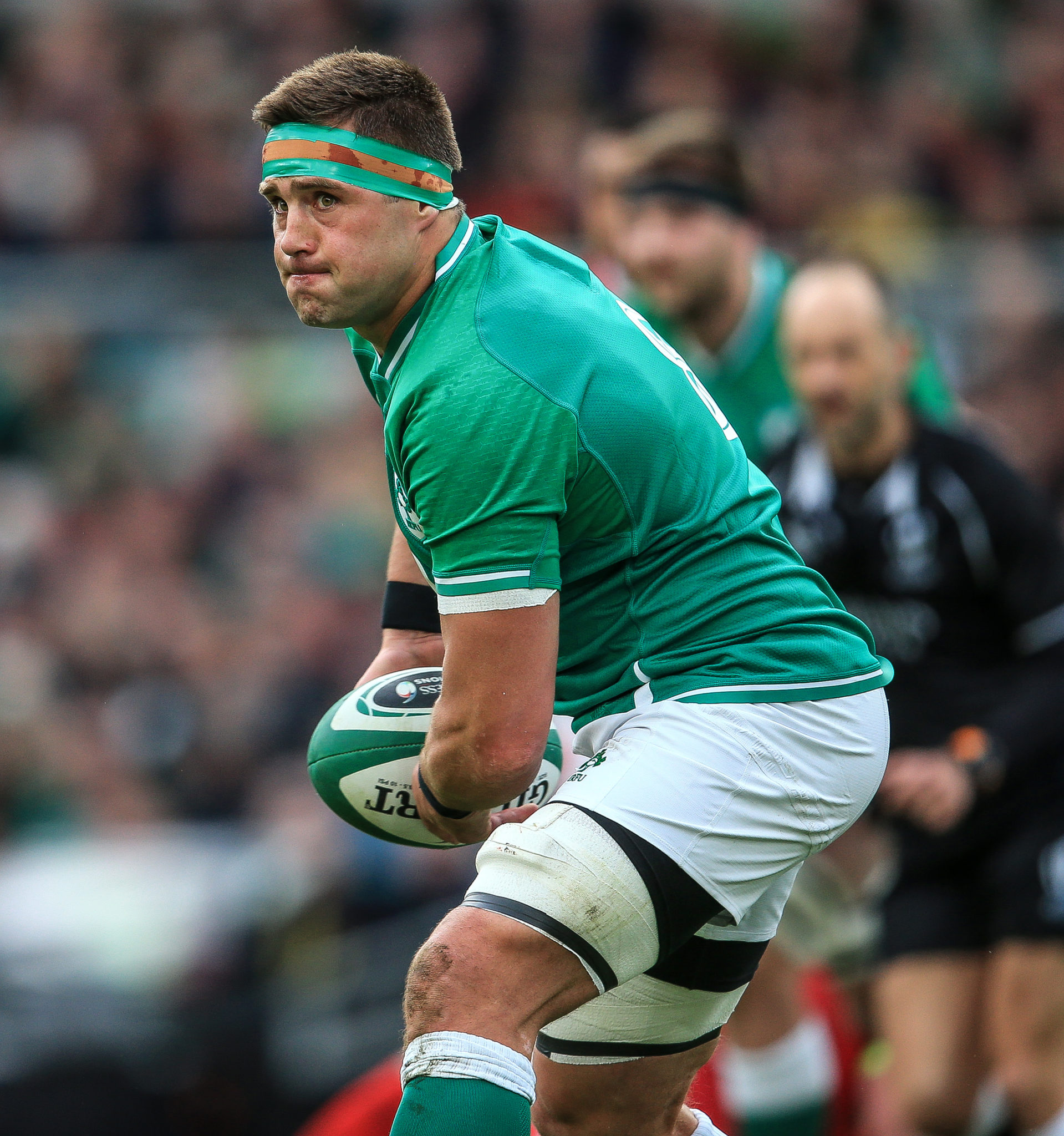

Ireland will cap James Lowe this year at 28 years of age after three years of residency with Leinster. Under the five-year rule, Lowe would be at least 30 before he could be capped meaning, realistically, Ireland would only get three or four international seasons out of him at the very most.
As it stands, we’re likely to get at least four great seasons from Lowe, injury allowing. Even then, signing a potential project player at 25 was a risk. They were certainly more of a proven commodity at that age but time would be against them from the minute they signed up until they could be capped.
CJ Stander was signed by Munster at 22 years of age and was Ireland eligible at 25. A signing like this could still work under the new laws but comes with way more risk. Ideally, any residency signing done under the new rule would be done before the age of 22 to maximise the value for the province naturally.
The post Five year rule could see the end of project players appeared first on Sporting Limerick.










